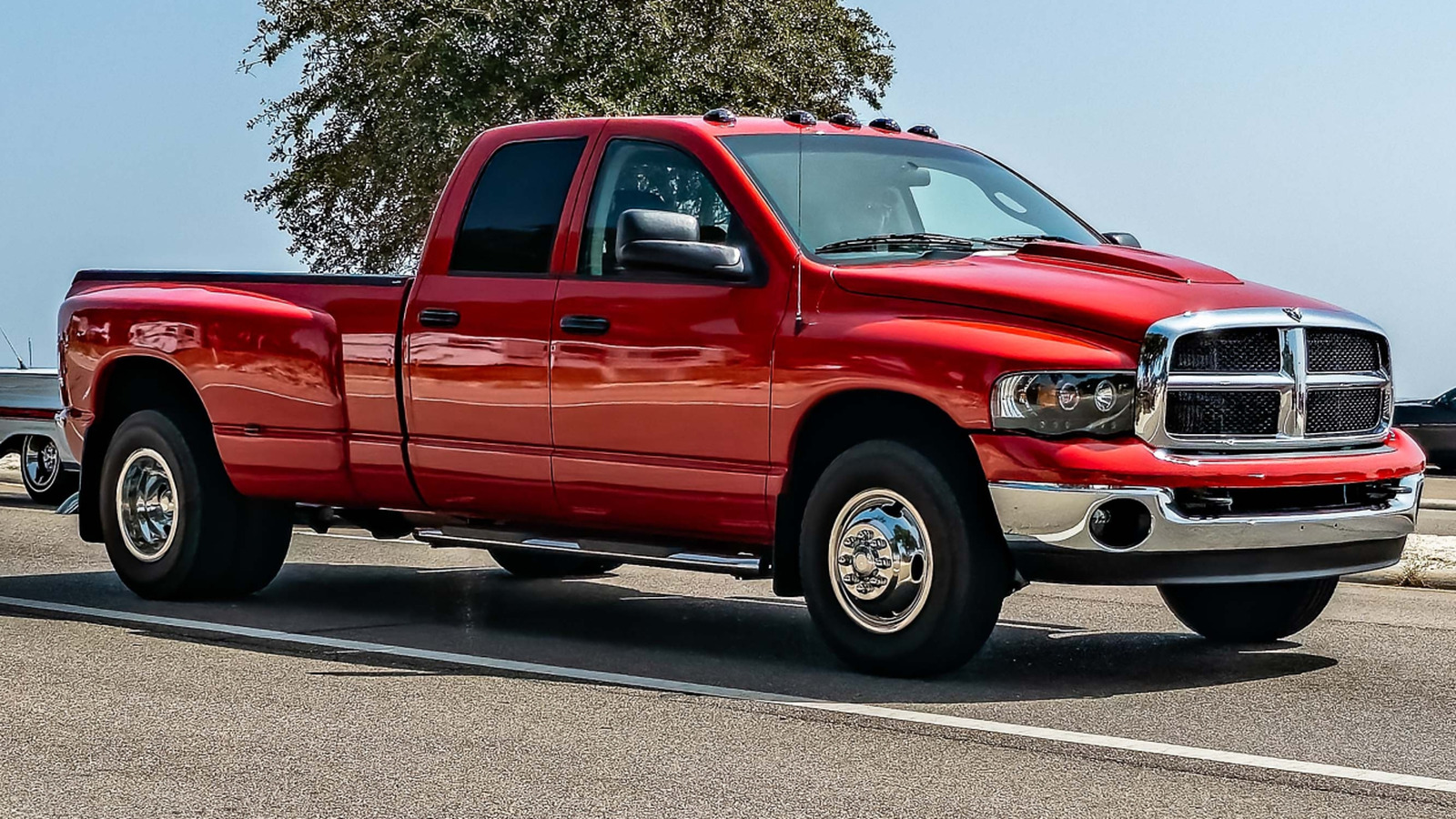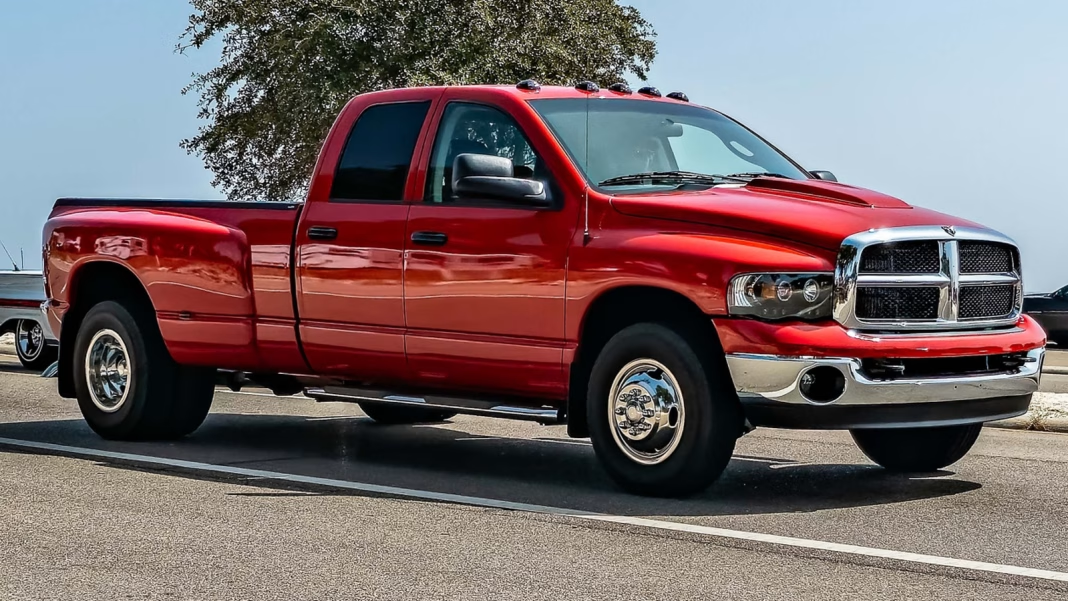The death wobble is a term that strikes fear into the hearts of many SUV and truck owners. It’s that unsettling, violent shaking that can happen when you hit a bump or even just when you’re cruising down the highway. If you’ve ever experienced it, you know it’s not just a minor annoyance—it can be downright dangerous. Understanding what causes this phenomenon and how to address it is crucial for anyone who drives a vehicle prone to this issue.
What Exactly Is the Death Wobble?
At its core, the death wobble refers to a severe vibration that occurs in the front end of a vehicle, typically when driving at higher speeds. It’s most commonly reported in certain models of SUVs and trucks, especially those with solid front axles. When the vehicle hits a bump or pothole, the steering components can become misaligned, leading to a feedback loop of shaking that can feel like the vehicle is about to lose control.
What Causes the Death Wobble?
Several factors contribute to the onset of the death wobble. Here are the main culprits:
1. **Worn Suspension Components**: Over time, parts like control arms, bushings, and tie rods can wear down. When these components weaken, they can’t stabilize the vehicle properly, leading to that dreaded wobble.
2. **Improper Wheel Alignment**: If your wheels aren’t aligned correctly, it can cause uneven tire wear and instability. This misalignment can trigger the death wobble, especially if you hit a bump.
3. **Tire Issues**: Tires that are out of balance or have uneven wear can also be a significant factor. If your tires are not in good shape, they can exacerbate the shaking.
4. **Lift Kits and Modifications**: Many truck and SUV owners love to customize their vehicles with lift kits. While these modifications can enhance aesthetics and off-road capability, they can also alter the vehicle’s geometry, making it more susceptible to the death wobble if not installed correctly.
How Can You Identify the Death Wobble?
Recognizing the symptoms of the death wobble is essential for addressing it promptly. Here’s what to look for:
– **Severe Vibration**: This is the most noticeable sign. If your steering wheel shakes uncontrollably, especially after hitting a bump, you might be experiencing the death wobble.
– **Difficulty Steering**: If you find it hard to maintain control of your vehicle during these vibrations, it’s time to take action.
– **Unusual Noises**: Listen for clunking or rattling sounds coming from the front end, which can indicate loose or worn components.
What Can You Do About It?
If you suspect your vehicle is experiencing the death wobble, here are some steps you can take:
1. **Inspect Suspension Components**: Regularly check your suspension system for any signs of wear. If you notice anything unusual, it’s best to consult a mechanic.
2. **Get a Wheel Alignment**: If you haven’t had your wheels aligned in a while, it might be time to do so. A proper alignment can make a world of difference in your vehicle’s handling.
3. **Check Your Tires**: Make sure your tires are properly inflated and in good condition. Rotate them regularly to ensure even wear.
4. **Consult with Professionals**: If you’ve modified your vehicle, consider having a professional check the installation. They can ensure everything is set up correctly to minimize the risk of the death wobble.
The big takeaway? The death wobble isn’t about perfection—it’s about smarter adjustments. Start with one change this week, whether it’s checking your tire pressure or scheduling an alignment, and you’ll likely spot the difference by month’s end. Taking proactive steps can keep your ride smooth and safe, allowing you to enjoy the open road without fear.


